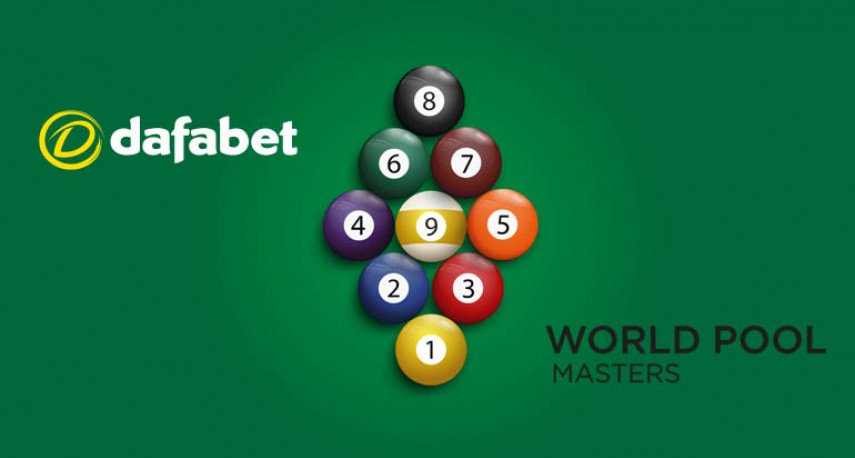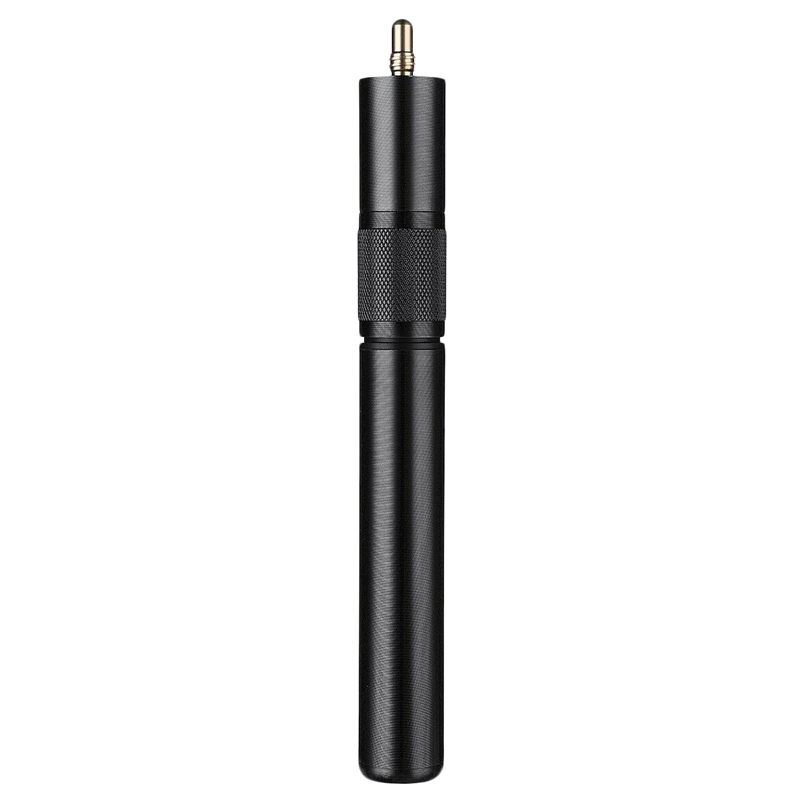
A variety of parts make up pool tables. The table has a multilayered table top, which is then covered with billiard paper. People like different colors of cloth for their pool tables. This allows for a more personal experience. It also ensures that the playing surface is smooth.
The slate is the first component of a pool table. The table's slate is a heavy, ground rock. Most pools tables are made out of 3/4" or 1” slate. You might want to make sure you get the right size table if you're looking for a new one.
The rails are an important part of the pool table. Rails are typically made of natural gum or synthetic materials. They attach to the slate and provide support for the table. In some cases, the rail is made of solid wood. Other materials include fiberboard or plywood.
Cushions protect rails and prevent them getting damaged. Cushions are made out of either cloth or vulcanized plastic. These cushions can be interchangeable with rails.

The top rail attaches to the top of your table and is shorter. Side rails run along the length and width of the pool table. Cross beams can also be added for strength. A transition plate is usually installed between the slate and the rails. The table will be stronger if it has a transition plate.
At the foot of your table, you will find the bottom rail. Rail apron is horizontal timber that provides support for the rails. Bed shelf provides another support. Both of these are made from solid pieces of wood. Post legs are perfect legs.
Corner pockets can be described as holes in the corners. The angle at which the corner pocket entry opens is 142deg (+-1deg). The corner pocket opening is from 4 7/8 inches to 5 1/8 inch maximum.
The head string is a horizontal line running horizontally through the center of the table. Generally, the second diamond on the side pockets is used as the starting point of the head string. The cloth can be drawn on by a player to mark the beginning of the string.
The foot spot is located at the end of the table. The foot spot determines where the ball is going to land when a shooter tries to break from the ball. It is also the location of the nameplate.

When you are purchasing a new pool table, be sure to check the thickness of the slate. The slate should be at least 1" thick. Dealers sell tables that are 7/8 inches thick. They will cost you less but not have the same accuracy and precision as a one-inch slate.
Another important aspect of your pool table's cloth is its cover. Modern billiard cloth is often made from a mix of synthetic nylon and natural wool. Billiard felt is another component of the cloth. Some players prefer a certain color of cloth. However, it should still be durable and smooth. You should brush the cloth once a month to keep it clean.